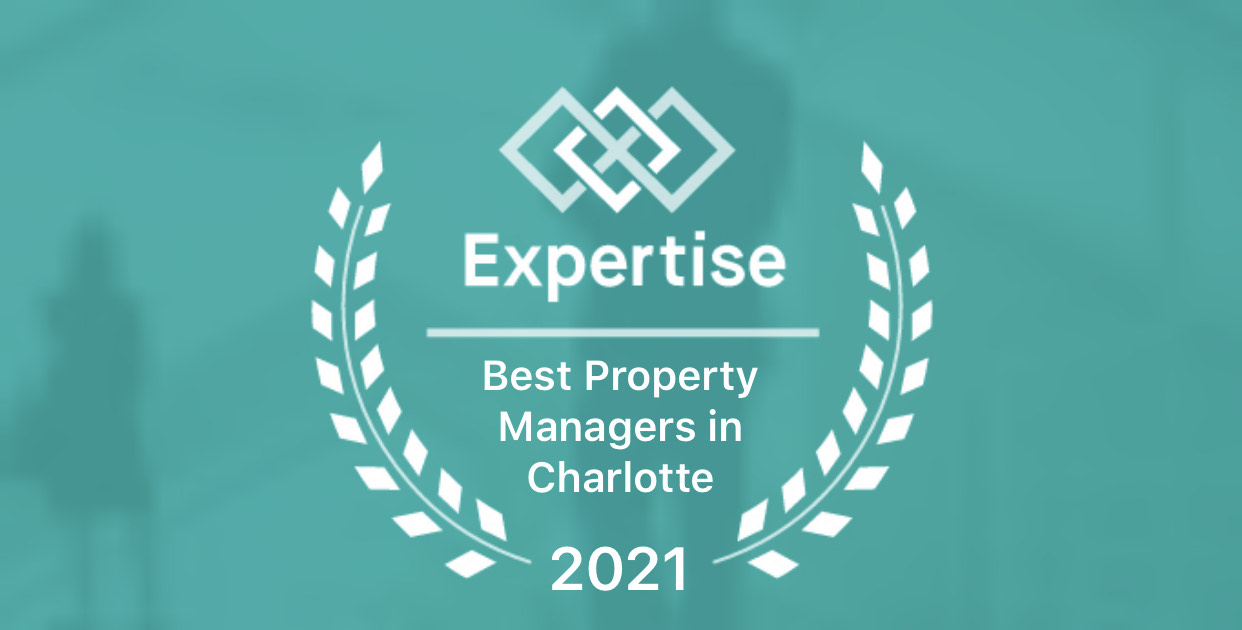Deciding to file for bankruptcy is a major decision. It’s not as simple as paying some legal fees and filing paper work, and POOF…debt free! It’s an intensive, exhaustive process that should be given much time and consideration before entering in. There’s understanding which Chapter you can file and/or should file, what that means for your debts that will be forgiven and those that will remain, and most importantly the impact on your credit during and after the Bankruptcy period.
In this article, we’ll explore the different and most common types of Bankruptcy protection you can file and how they affect your debts. First, Bankruptcy protection is defined as: a legal status of a person or other entity that cannot repay the debts it owes to its creditors. There are six types of bankruptcy under the Bankruptcy Code, located at Title 11 of the United States Code:
- Chapter 7: basic liquidation for individuals and businesses; also known as straight bankruptcy; it is the simplest and quickest form of bankruptcy available
- Chapter 9: municipal bankruptcy; a federal mechanism for the resolution of municipal debts
- Chapter 11: rehabilitation or reorganization, used primarily by business debtors, but sometimes by individuals with substantial debts and assets; known as corporate bankruptcy, it is a form of corporate financial reorganization which typically allows companies to continue to function while they follow debt repayment plans
- Chapter 12: rehabilitation for family farmers and fishermen;
- Chapter 13: rehabilitation with a payment plan for individuals with a regular source of income; enables individuals with regular income to develop a plan to repay all or part of their debts; also known as Wage Earner Bankruptcy
- Chapter 15: ancillary and other international cases; provides a mechanism for dealing with bankruptcy debtors and helps foreign debtors to clear debts
The most common types of personal bankruptcy for individuals are Chapter 7 and Chapter 13. Whether you qualify for Chapter 7 or Chapter 13 is in part determined by income. Approximately 65% of all U.S. consumer bankruptcy protection filings are Chapter 7 cases. Typically, the only bills that survive a Chapter 7 are student loans, child support obligations, some tax bills and criminal fines. Credit cards, pay day loans, personal loans, medical bills, and just about all other bills are discharged.
You may choose to go it alone, but around 91% of individuals in the United States hire an attorney to file their Bankruptcy petition. Whether you choose to hire an attorney or not, consulting an expert is advisable. What we shared is just the tip of the iceberg. We, by no means, want you to think that we’ve covered everything in this or previous articles. What we hope we’ve done is given you enough to think about before taking that next major step in your financial future. Take this information and use it to generate questions specific to your situation. As always, Carod Properties is here to help!















